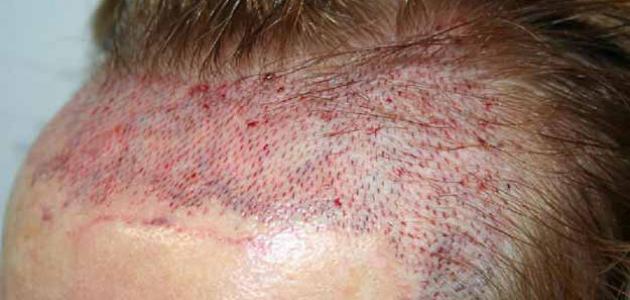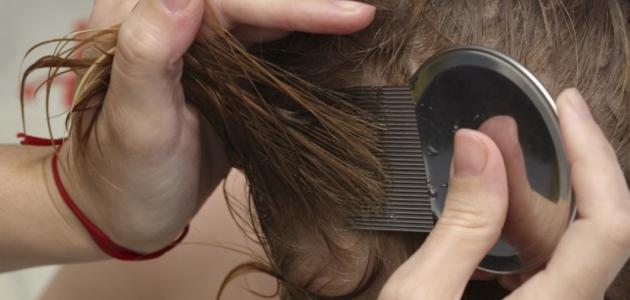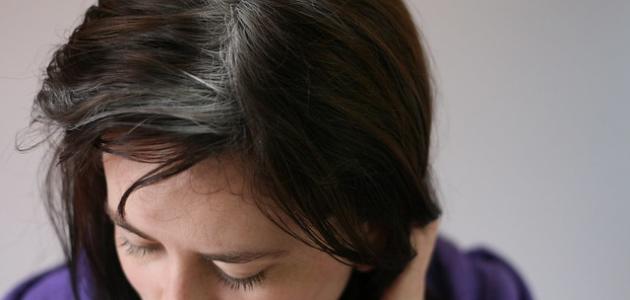hair loss
The process of hair loss is considered part of its natural renewal stage, and God Almighty created two types of hair: the hair that grows at the top of the head and often falls out little, and the second type is the hair that grows behind the ear to the end of the head and falls out little. Therefore, most hair transplant operations The successful procedure depends on taking the hair at the back of the head and transplanting it to the places where the hair fell out.
Stages of hair transplantation
Pre-operative stages
Diagnosis and detection At this stage, you will be reviewed by the doctor supervising the case, who will tell you whether hair transplantation is possible or not, and based on that, he will decide the number and timing of the sessions necessary for you. In general, the individuals with whom the transplantation process can be successful are people who have strong, healthy hair at the back of the head. As donor areas, the person who does the transplanting should have general information about the transplantation steps and have reasonable expectations for them.
Blood analysis at the hospital level
At this stage, a blood sample is taken and examined.
Determine the planting plan
After clearing the head and shaving it completely, the treating physician draws on the head and determines the areas where the transplant will take place.
Read also:How do I kill lice eggs?Local anesthesia
After determining the work area, the doctor subjects the area to a local anesthesia for dandruff.
Cleaning and follow-up
Twenty-four hours after the transplant is completed, the head is cleaned, and then the patient visits the doctor after forty-eight hours have passed.
Post-operative stages
- The transplanted hair falls out after four or five days, with some black dandruff accompanying it, and the rest falls out within about two months.
- In rare cases, the patient may suffer from swelling in the face or around the eyes, but these symptoms quickly disappear, within approximately five days, as there is no medicine to treat this swelling, but rather it disappears on its own.
- The patient may feel itching in the first three days after the transplant, but this is not a cause for concern, because this is an indication of improvement, but you should never scratch the transplanted areas.
- Permanent new hair growth.
- After approximately six months, initial results begin to appear with hair growth.
- The final results appear after one year or a little more from the date of transplantation for the front area, while the back area requires more time, and the period for the desired results to appear is approximately approximately one and a half years.









